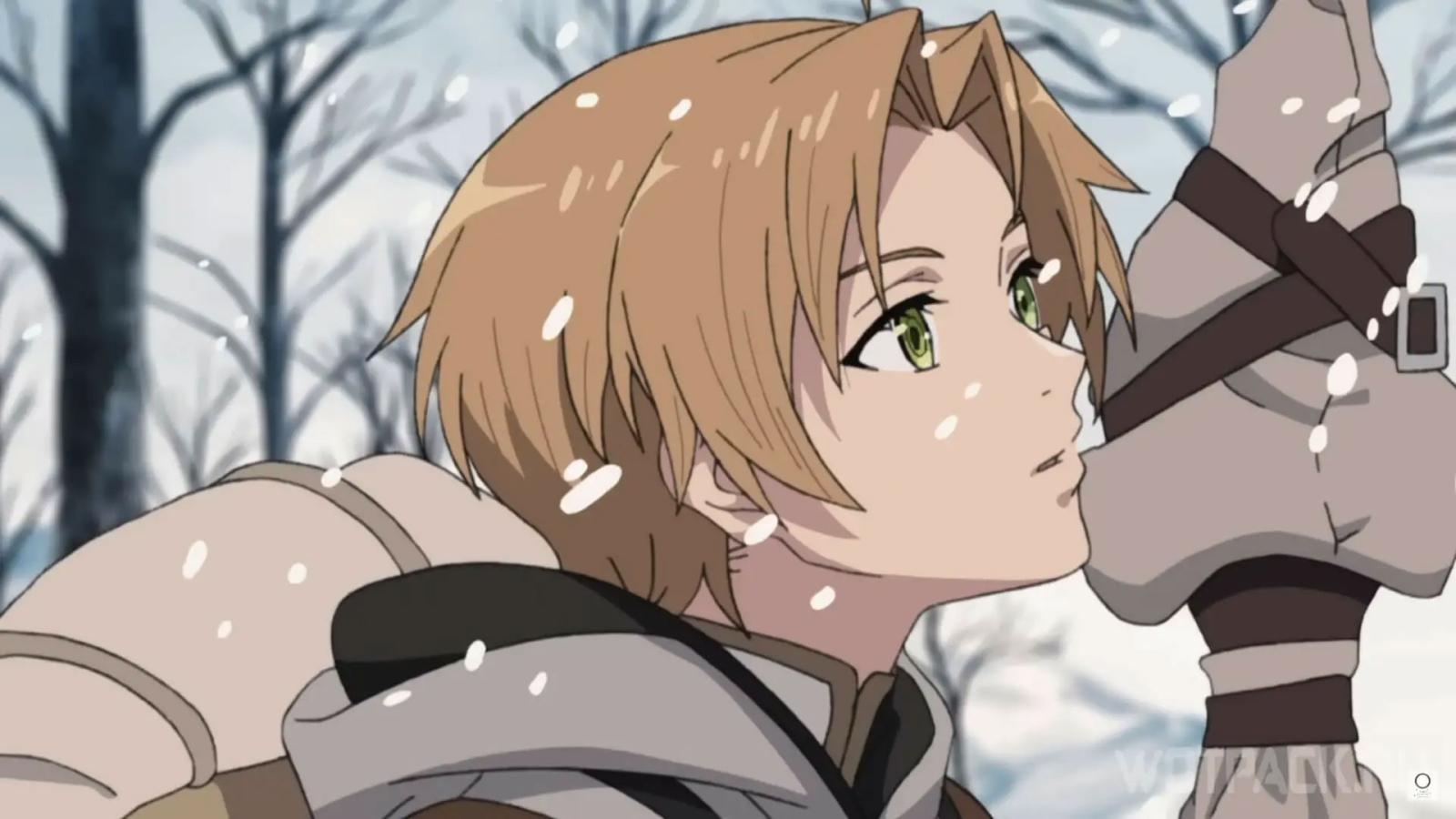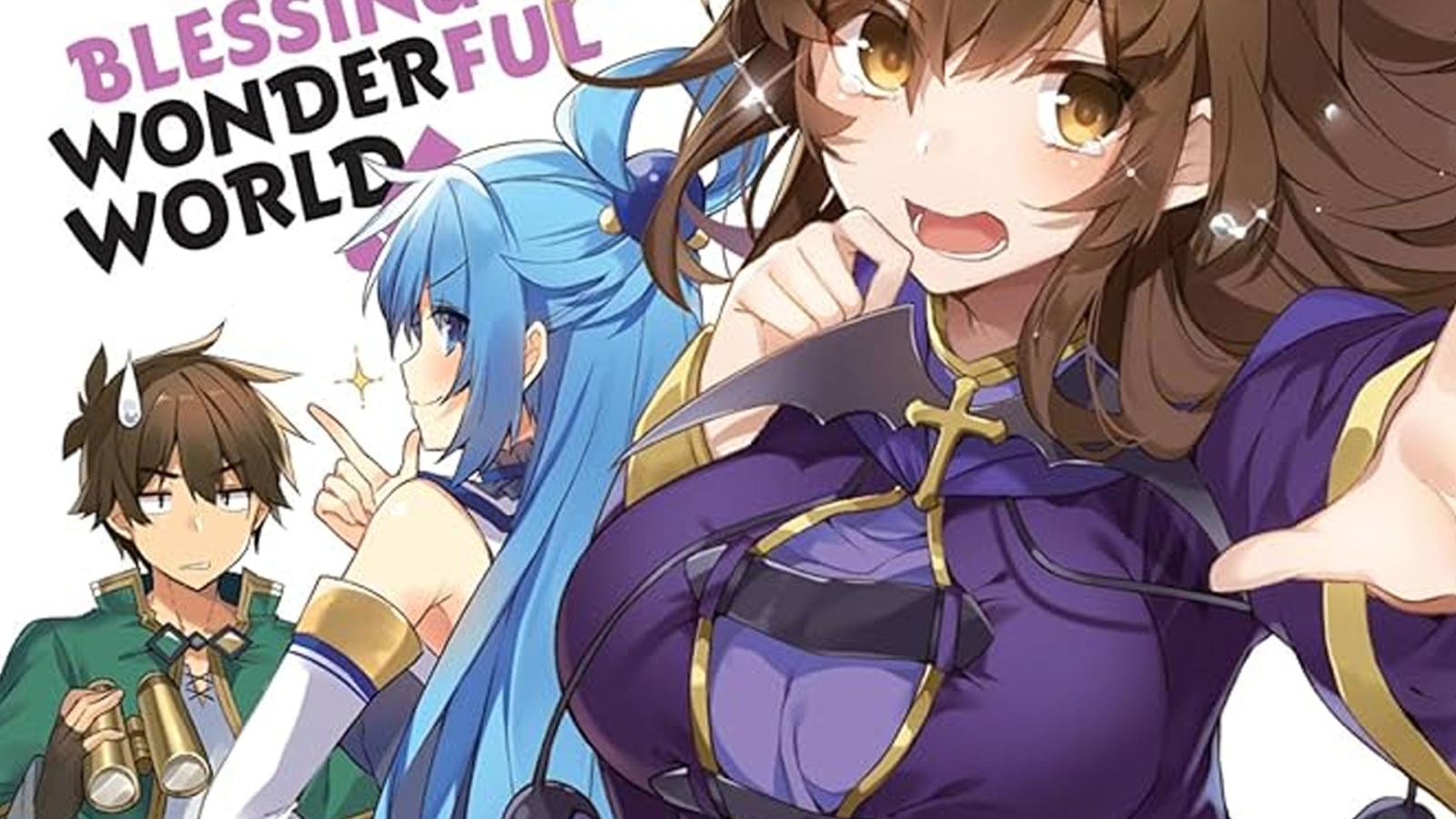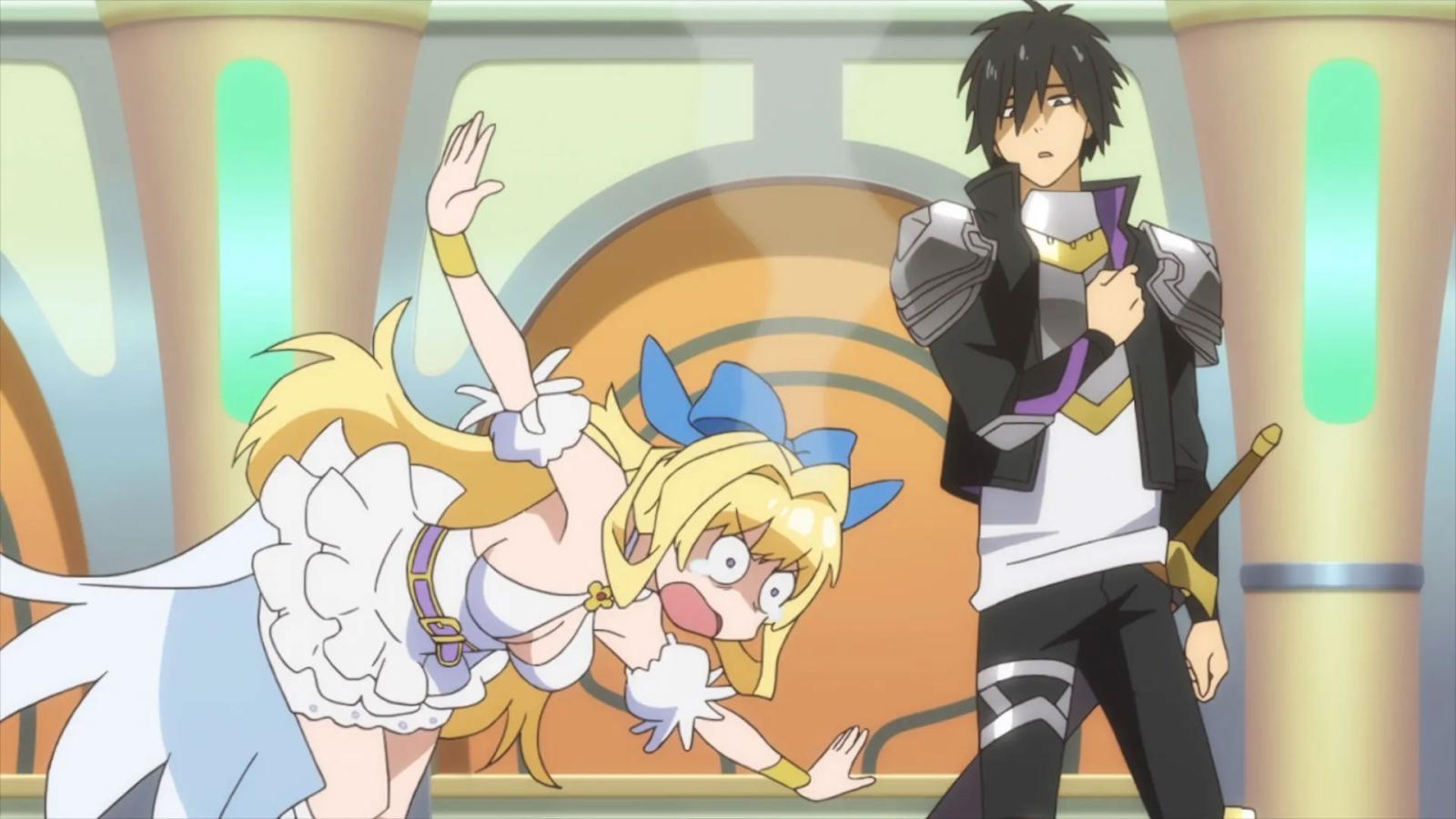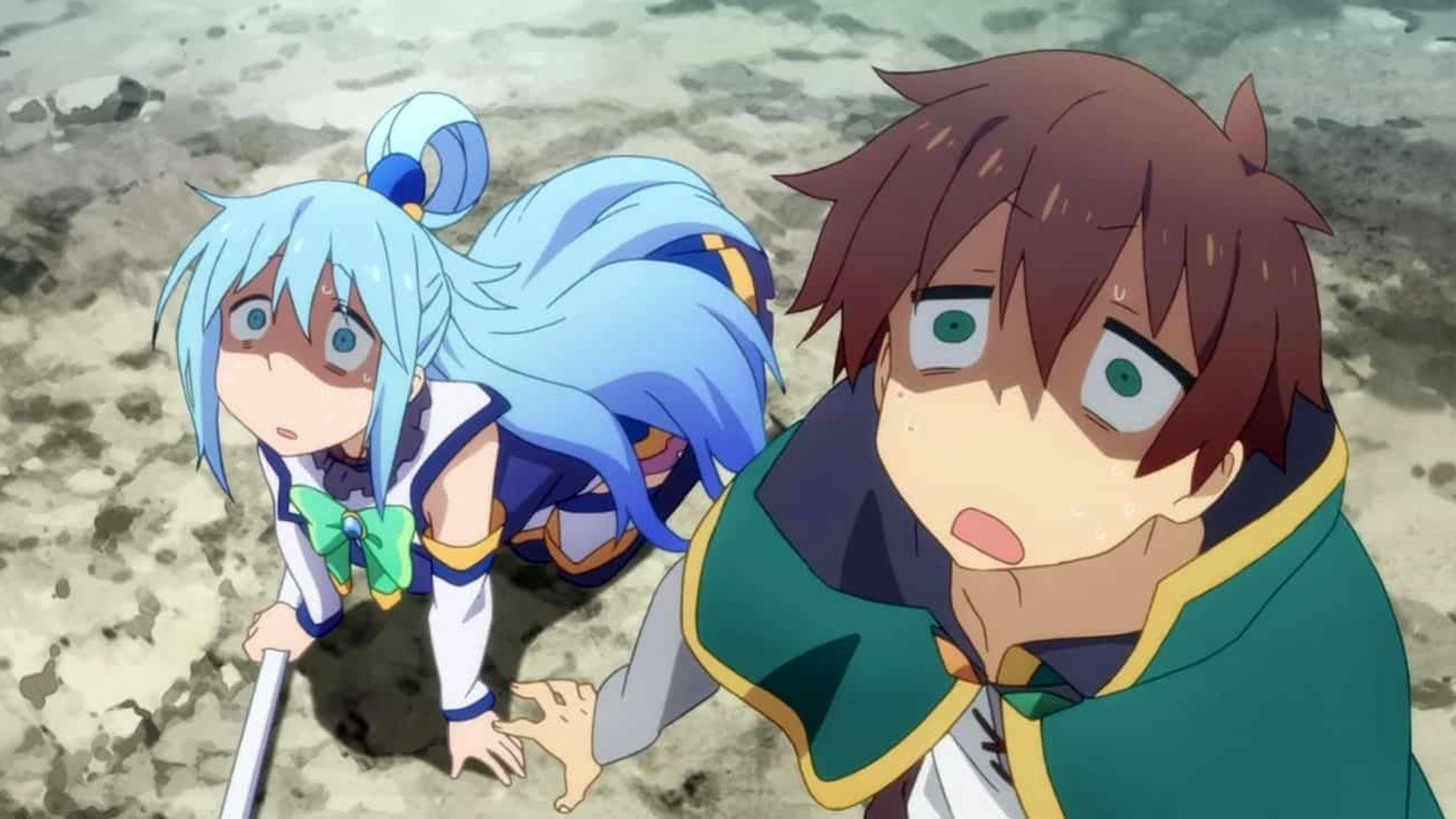Seriously, they just do other unrelated things instead.
Summary:
- The protagonists never defeat the demon lord in isekai series.
- Anime just doesn’t get there, but the situation isn’t different in light novels.
- Isekai often have to change their structure now, and the plot isn’t that common.
Ah, the classic isekai setup. The main character is summoned to defeat the demon lord or some other threat, gets some powers and goes on adventures. Sounds simple, right?
Well, yes, but the thing is: the quest to defeat the big evil is almost never actually completed in isekai series. This might confuse some viewers, but can actually be explained pretty easily.
Anime aren’t long enough to get there, usually

Well, obviously, most isekai series don’t actually adapt their source material fully. The actual fight with the big bad usually happens much further into the series, and the anime never gets there in the first place. Most isekai anime are considered mere promotions for their source material.
There are isekai anime that are getting constant sequels. The setup doesn’t apply to them, though. Mushoku Tensei: Jobless Reincarnation (Mushoku Tensei: Isekai Ittara Honki Dasu) and Re:ZERO -Starting Life in Another World- (Re:Zero kara Hajimeru Isekai Seikatsu) are completely different in nature.
The Rising of the Shield Hero (Tate no Yuusha no Nariagari) is similar in a way, but there isn’t a single demon lord, but rather multiple Waves of enemies.
The light novels also don’t care about the main quest

It’s also counterproductive for the publishers to let the authors finish their series soon. It’s more profitable to let them run for a while, and so, the main quest is ignored for a while in the source material as well.
An example of that is KonoSuba: God's Blessing on This Wonderful World! (Kono Subarashii Sekai ni Shukufuku wo!) — yes, it’s mostly a parody, but there is the main plot, it just doesn’t come up that often.
That still doesn’t explain why the supposed “demon lord” often doesn’t end up being the actual enemy, though. Seriously, in some isekai series they’re misunderstood, not evil, or simply non-existent, like in the aforementioned Shield Hero.
The real answer

The answer is actually very simple. Isekai series nowadays may look generic, but each one of them relies on a specific gimmick or subversion of an otherwise common trope to work. That means that many series will have to solve their main plot in other ways.
Cautious Hero: The Hero Is Overpowered but Overly Cautious (Shinchou Yuusha: Kono Yuusha ga Ore Tueee Kuse ni Shinchou Sugiru) has its protagonist defeat the demon lord at the end of the anime… but it’s one of the multiple demon lords.
It’s also just a misconception about the setup. Just because it’s a thing in KonoSuba — which is a parody of many of the tropes — doesn’t mean it’s that widespread. It’s easy to find many series that simply don’t feature this plot.

